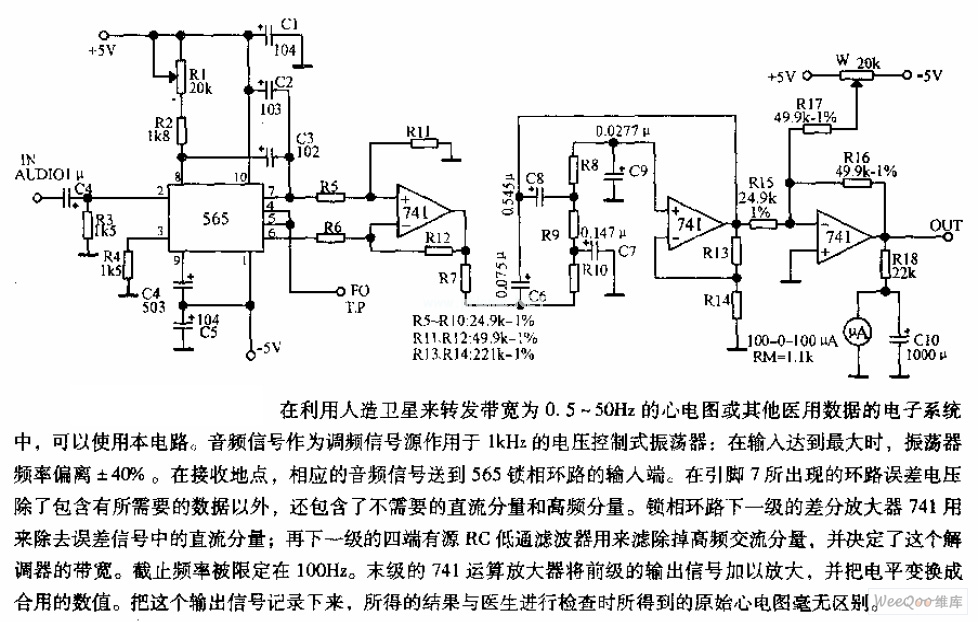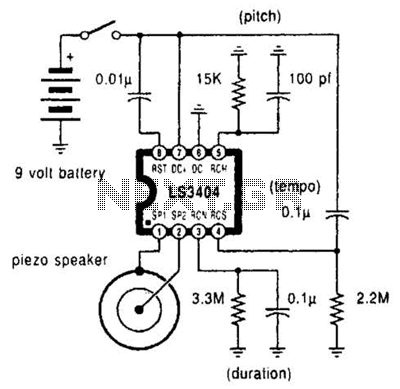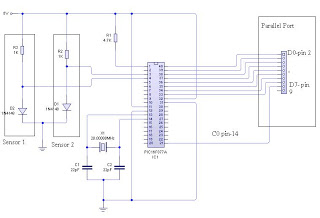
555 alarm doorbell and lighting controller circuit

The controller circuit illustrated in Figure 15-24 consists of a switch-type Hall integrated circuit DN838 and an astable multivibrator, which is based on the 555 timer IC. This circuit is suitable for various applications, including automatic door opening, delay alarms, automatic light shut-off, and doorbell functions.
The controller circuit features a Hall effect sensor (DN838) that detects magnetic fields and can be activated by a magnet. When the sensor is triggered, it sends a signal to the astable multivibrator, which generates a continuous square wave output. The 555 timer in astable mode is configured with resistors and capacitors, determining the frequency and duty cycle of the output signal.
In automatic door opening applications, the Hall sensor can be positioned near a door frame, and when a user approaches with a magnet (e.g., on a key fob), the door can be programmed to open automatically. For delay alarms, the output from the 555 timer can be used to trigger an audible alarm after a predetermined time, providing a warning before activation.
The circuit can also control lighting systems by using the astable multivibrator to turn lights on and off automatically, based on the presence of a magnetic field detected by the Hall sensor. This feature is beneficial for energy-saving applications. Additionally, the circuit can function as a doorbell, where the Hall sensor detects the presence of a visitor and activates a chime or buzzer.
Overall, the combination of the Hall integrated circuit and the astable multivibrator provides a versatile and efficient solution for various automation tasks in residential and commercial settings.As the figure 15-24 shows, the controller circuit is composed of the switch type Hall integrated circuit DN838 and the astable multivibrator (composed of the 555), this circuit can be used in wide range of applications such as the automatic door opening, automatic delay alarm, automatically turns off the lights and also it can be used as the doorbell. The a.. 🔗 External reference
The controller circuit features a Hall effect sensor (DN838) that detects magnetic fields and can be activated by a magnet. When the sensor is triggered, it sends a signal to the astable multivibrator, which generates a continuous square wave output. The 555 timer in astable mode is configured with resistors and capacitors, determining the frequency and duty cycle of the output signal.
In automatic door opening applications, the Hall sensor can be positioned near a door frame, and when a user approaches with a magnet (e.g., on a key fob), the door can be programmed to open automatically. For delay alarms, the output from the 555 timer can be used to trigger an audible alarm after a predetermined time, providing a warning before activation.
The circuit can also control lighting systems by using the astable multivibrator to turn lights on and off automatically, based on the presence of a magnetic field detected by the Hall sensor. This feature is beneficial for energy-saving applications. Additionally, the circuit can function as a doorbell, where the Hall sensor detects the presence of a visitor and activates a chime or buzzer.
Overall, the combination of the Hall integrated circuit and the astable multivibrator provides a versatile and efficient solution for various automation tasks in residential and commercial settings.As the figure 15-24 shows, the controller circuit is composed of the switch type Hall integrated circuit DN838 and the astable multivibrator (composed of the 555), this circuit can be used in wide range of applications such as the automatic door opening, automatic delay alarm, automatically turns off the lights and also it can be used as the doorbell. The a.. 🔗 External reference





